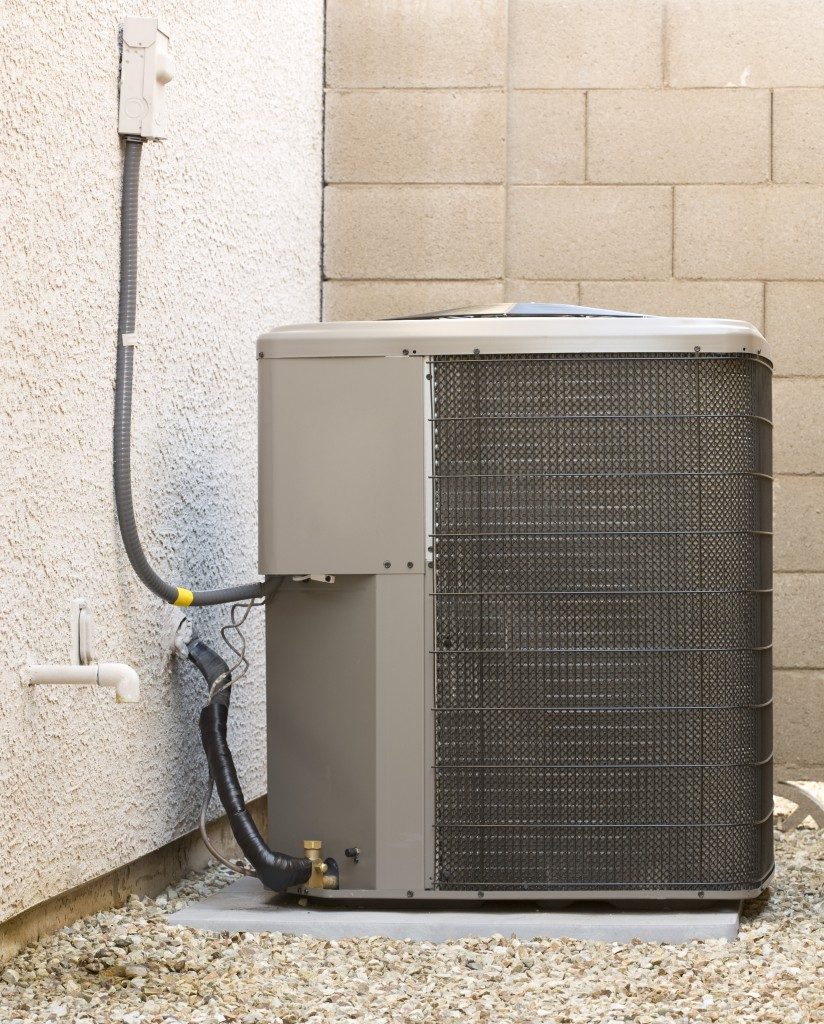Liquid filling machines are essential to the transfer of products from manufacture or storage into smaller containers for the end users. Different types of products will have different demands for the bottle and consequently for the filling system. When selecting a filling machine, bear in mind the kind of material that you will be using. Pastes will have different demands than volatile liquids.
With a piston filler, for example, also consider the type of container and how you intend to measure the product. Products sold by weight will differ from those sold by volume. Finally, factor in the speed of operation as it will determine how much your output is per time. You need to supply the market adequately and consistently. The following types of systems exist:
Volumetric and gravimetric filling
A volumetric system will rely on cylinders that can self-pump. There is typically a piston inside a cylinder that moves across a certain length. The volume of the product will depend on the piston diameter and the length of the stroke. In gravimetric filling, the system will weigh the weight using valves on electronic scales. The typical scale will combine valve operations with program controls for weight, optimizing the process.
Servo filling
Here, the machine will have a pumping system. The system often connects to a tank that measures liquid flow. In other cases, fluid flow is measured by electronic controls and then converted into signals that you control with a programmable logic controller (PLC) circuit. Various types of containers will have different capacities, demanding different minimum adjustments. The machine is designed in such a way that it allows you to set a full range without interfering with parts. PLC technology makes it possible to input variable data for recipes.
Piston filling
Here, you activate the filler using signals sent from a foot paddle or a start switch into the machine. The message will trigger rotary valves and cause them to turn, so the product moves into a cylinder from the hopper. The piston will then start pulling the product down until the barrel fills up. Once you have the cylinder full, the valves will change position to allow the product to go through the nozzle into a container.
Filling based on time
The pumping system is connected to the main tank. There is a gear pump that suctions the product and is time controlled. You set the range from a keypad. Once you give the command to start, the liquid will pour into the container. After the set volumes are dispensed, a time trigger closes the nozzle and makes sure that no product drips.
Peristaltic pump fills

In this case, the product needs small fills at high accuracy. The filler is typically computer-controlled and can track pump rotations to tell how much of the product is necessary. When the system reaches the target volume, the pump will stop with zero dripping. The computer will store fill parameters to allow fast changeovers.
Whatever filling system you pick, you must have your desired filling volumes set. Consider how much it will cost you versus your budget. With the right system, you can save your business a lot of time and money.